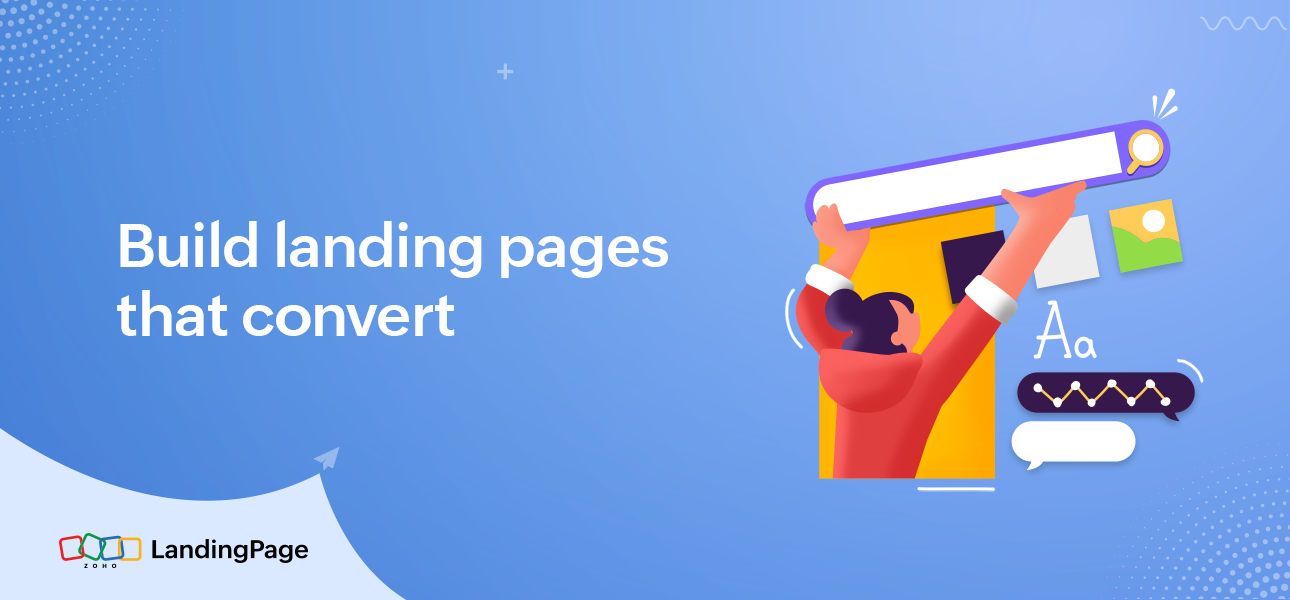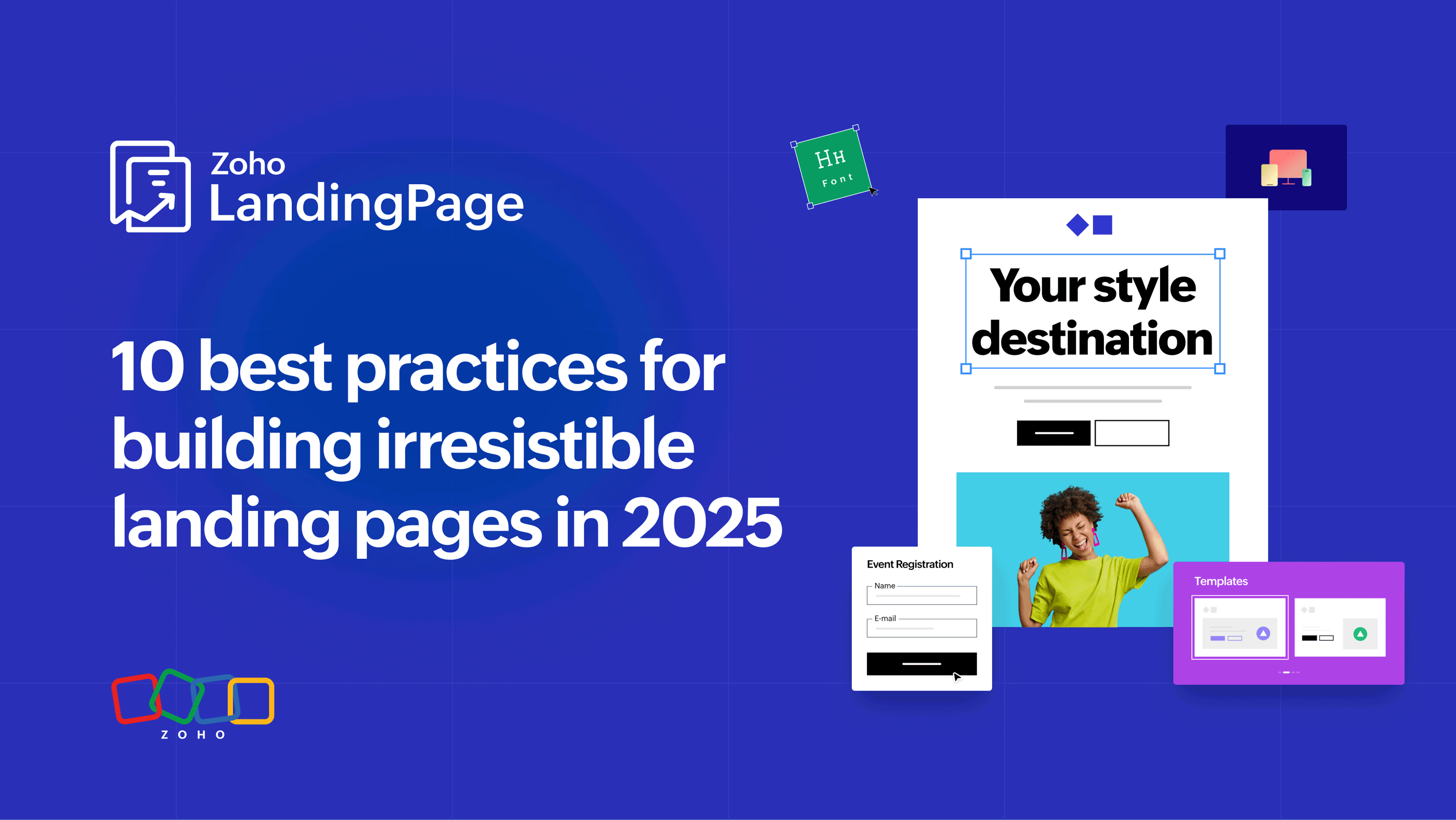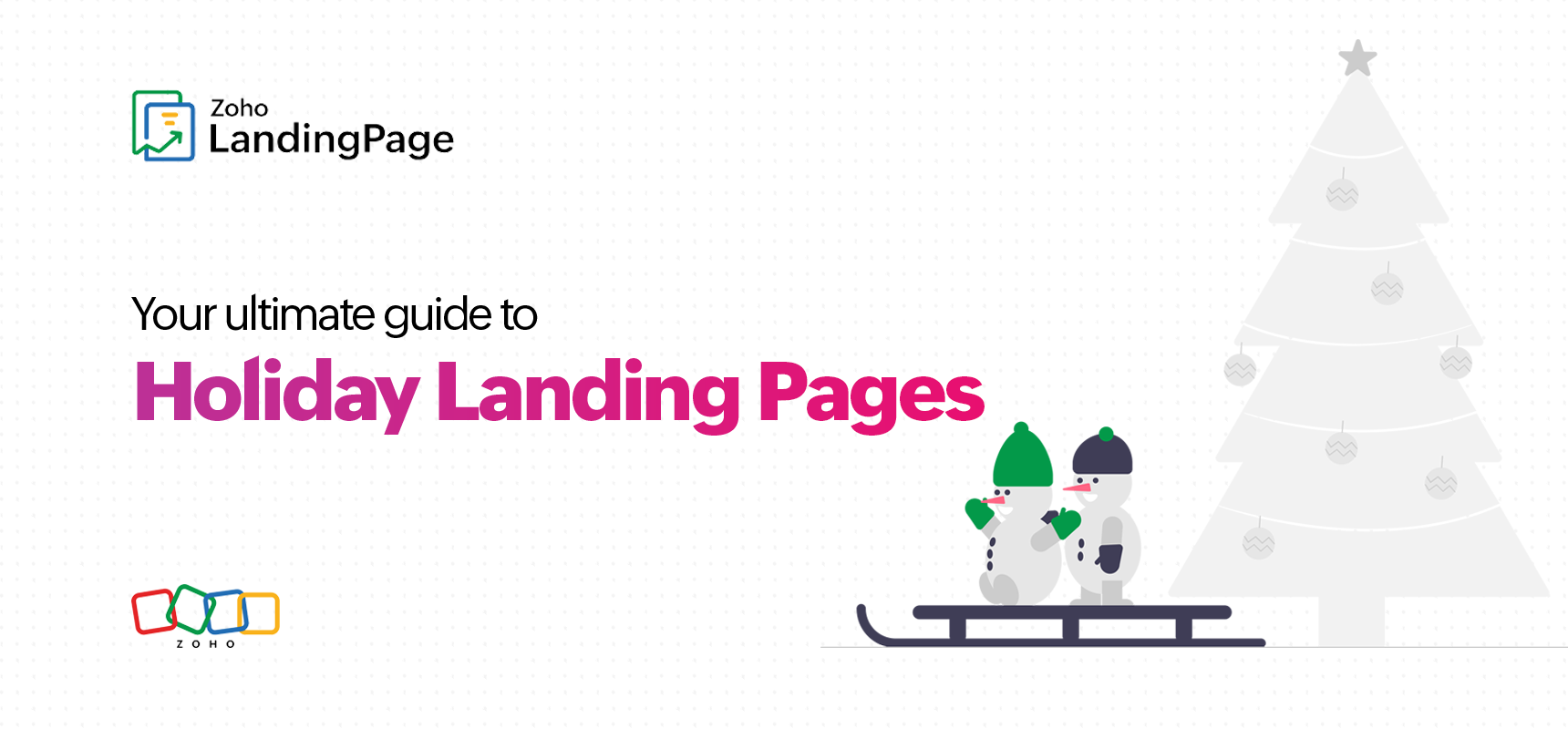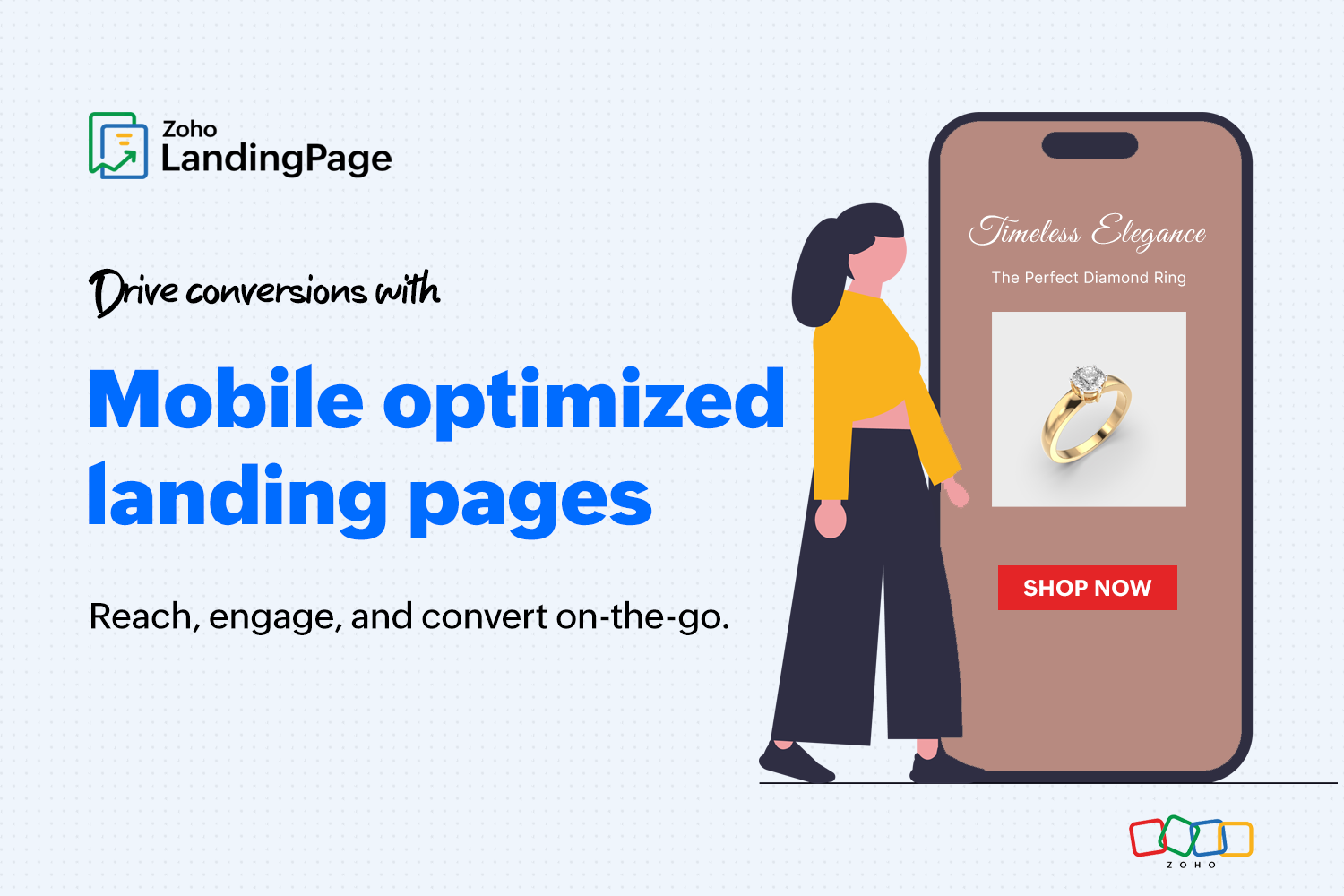- HOME
- Page Building
- Landing Page Design for High Conversions | Landing Page Template
Landing Page Design for High Conversions | Landing Page Template
- Last Updated : November 9, 2023
- 1.5K Views
- 4 Min Read

With the arrival of drag-and-drop landing page builders, creating these pages for your business is now easier than ever. But creating a successful landing page requires a clear understanding of its fundamental elements. The following elements can be found on any successful landing page, regardless of the industry or campaign type.
Landing Page Elements
Headline
Consider your headline to be an elevator pitch. But keep in mind that while elevator rides only last 20 to 30 seconds, the attention span of your audience is even shorter.
An effective headline should communicate the core idea of the landing page in an instant. The longer visitors spend grappling with the idea, the higher the bounce rate for your landing page will be. To avoid this, your headline should contain clear, concise words that match with the text on the ad.
Supporting headline
If the headline introduces the problem your business is solving, the supporting headline introduces the solution. It can also expand on the headline by providing more insight about the topic or offer. Again, the key is to keep it short and not stuff everything in the first two lines of the page.
Benefits and features
The primary goal of any landing page is to convince visitors that you have a must-have product or service. You must specifically address how it’s more than just a "nice to have" product or service—you need to convince your visitors that they need what you’re offering.
In this section of your landing page, steer clear of generic adjectives and jargons that can make your copy too run-of-the-mill to be interesting.
Simplify discussion of the features and benefits of your product. Most visitors tend to skim through lengthy paragraphs of text. To counteract this, use bullet points and lists to increase readability. Wherever possible, explain how the features of your product or service can and will benefit your visitors. This makes your text more persuasive and will help improve conversions.
Images
When customers land on your page, it’s extremely likely that their eyes will first land on the visual elements of your page. Even before they read your headline or call to action, they’ll quickly scan through the images used in the landing page.
Businesses use various types of images on landing pages. Product images give prospects a clear idea about the offering. Images of people are used to create an emotional connection and direct visitors’ attention to the call to action (CTA). Using stock images that are irrelevant to the brand just for the sake of including a visual element can often end up being a distraction.
Videos
Using a video on your landing page is an easy way to engage visitors. Many businesses use animation and testimonial videos to explain complicated concepts efficiently and to build trust with potential customers quickly. The landing page text can be centered around the video, or the video can be used as an additional element along with the text and images. Adding a CTA to the video will also help improve conversions.
Videos on landing pages are typically used in place of huge blocks of text, so long, drawn out explainer videos aren't going to be of much help. Instead, choose short, information-rich videos that can convince visitors and make the page memorable for them.
Social proof
New customers have every reason to be skeptical about your brand and your products, but gaining their trust is crucial to building a customer base for your business. New customers are more likely to trust your brand when they find that your products are trusted by people similar to them.
Using customer testimonials, case studies, displays of the number of users, and trust seals can all help motivate prospects to fill out that form or buy your product. Businesses also use endorsements by industry experts, celebrities, and video testimonials to influence the buying decisions of their customers.
Form
Landing page forms are a concrete way to measure the success of your landing page and marketing campaign. The layout and design of the form is pivotal in creating a user-friendly experience for your website visitors. Include the most minimal number of form fields as possible because visitors can be discouraged by long forms that look like they’ll take a long time to fill out or ask for too much personal information.
An encapsulated form that stands out from the rest of the elements on your landing page that includes a clear form header and CTA can gather quality leads and drive conversions.
Call-to-action button
Ultimately, everything boils down to whether visitors click that CTA button or fill out that form, and a great CTA should clearly state what they’ll get by clicking the button or filling out the form. The color and location of the button determines the conversion rate of the landing page.
If the CTA isn't prominent enough or it appears in a spot on the page that customers rarely focus on, the purpose of the landing page is lost. Language is also an important factor when it comes to CTA buttons. A generic CTA button that says “sign up” or “subscribe” may not grab potential customers’ attention effectively like one that uses product-specific language. Learn how to create a compelling CTA here.
Wrapping up...
 ** Save this image for later **
** Save this image for later **
The basic structure of all landing pages is similar but there’s no one-size-fits-all solution for a high-converting landing page. The success of your landing page depends on how you customize it to achieve your marketing and other business goals. But the process doesn't end there. Meticulously testing your landing pages, tracking page metrics, and making improvements based on the results is the only way to increase conversions.
Get started on your landing page now!
 Krithika
KrithikaContent Marketer @ Zoho LandingPage













